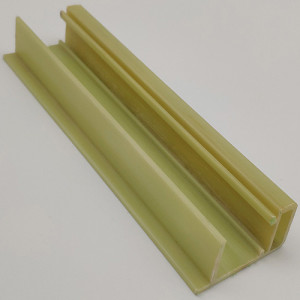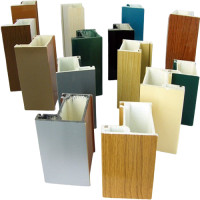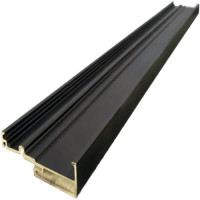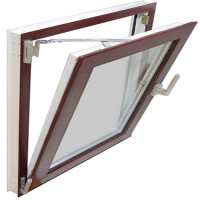Are you in need of a resilient and adaptable solution to elevate your construction projects? Look no further than polyurethane fiberglass profiles – the ultimate combination of durability and flexibility for exceptional building solutions.
Polyurethane fiberglass profiles go beyond ordinary building materials; they're robust allies offering diverse applications across industries. Whether you're crafting architectural masterpieces, fabricating industrial machinery, or erecting infrastructure, these profiles deliver the structural integrity and versatility required to realize your vision.
Forged from a fusion of polyurethane and fiberglass, these profiles boast unmatched durability and resilience against wear and tear. Unlike traditional materials like wood or metal, polyurethane fiberglass profiles offer unparalleled longevity and performance, ensuring they endure the toughest conditions and environmental pressures.
Yet, what truly distinguishes polyurethane fiberglass profiles is their adaptability. Molded into intricate shapes and sizes, these profiles meet a plethora of design needs. Whether you're seeking decorative trims, structural reinforcements, or functional enclosures, polyurethane fiberglass profiles offer the flexibility to suit your exact requirements.
Whether you're an architect pushing creative boundaries or an engineer in need of reliable solutions, polyurethane fiberglass profiles are your go-to choice for construction ventures. Don't settle for the ordinary – elevate your designs with the strength and versatility of polyurethane fiberglass profiles. Unleash innovation and embrace endless possibilities with polyurethane fiberglass profiles as your trusted companion.
Comparison of Polymer and Polyurethane Profiles:
When it comes to selecting the right material for your construction projects, understanding the differences between polymer and polyurethane fiberglass profiles is essential. Both offer unique advantages and characteristics, catering to diverse needs and applications.
Polymer fiberglass profiles, also known as fiberglass-reinforced polymer (FRP) profiles, are crafted from a combination of fiberglass and a polymer resin matrix. On the other hand, polyurethane fiberglass profiles blend polyurethane with fiberglass to create a durable composite material.
- One key difference lies in their composition. Polymer fiberglass profiles typically use a broader range of polymers, including epoxy, vinyl ester, or polyester resins, whereas polyurethane fiberglass profiles specifically incorporate polyurethane resin. This distinction affects factors such as strength, flexibility, and chemical resistance.
- In terms of strength and durability, both types of profiles offer excellent performance. However, polyurethane fiberglass profiles tend to have slightly higher tensile strength and impact resistance compared to polymer fiberglass profiles. This makes polyurethane fiberglass profiles ideal for applications where superior strength and resilience are paramount, such as heavy-duty structural components or machinery enclosures.
- Another differentiating factor is flexibility. Polyurethane fiberglass profiles often exhibit greater flexibility and elasticity than polymer fiberglass profiles. This makes them well-suited for applications that require bending or shaping during installation, such as curved architectural features or flexible piping systems.
- When it comes to chemical resistance, both materials have their strengths. Polymer fiberglass profiles typically excel in harsh chemical environments, thanks to the diverse range of resin options available. Polyurethane fiberglass profiles, on the other hand, offer excellent resistance to solvents and oils, making them suitable for applications where exposure to chemicals is a concern, such as industrial equipment or marine structures.
In summary, while both polymer and polyurethane fiberglass profiles offer durable and versatile solutions for construction projects, they each have unique properties that cater to specific needs. Understanding these differences allows you to make informed decisions based on the requirements of your project, ensuring optimal performance and longevity.




